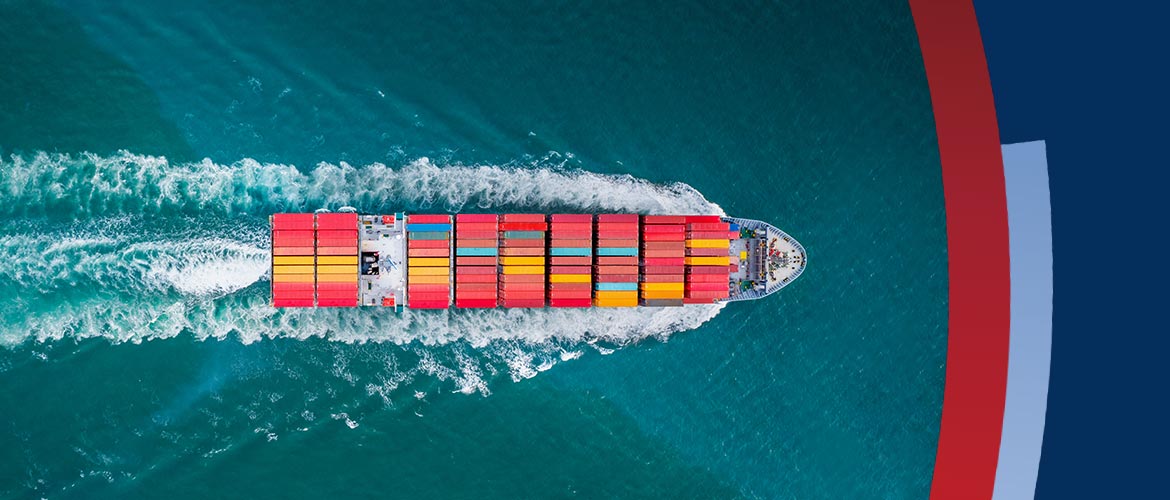Shipping has always been an integral part of international logistics. However, in recent years, new trends in e-commerce, and the geographical distribution of global manufacturing, have further increased the importance of maritime transport worldwide. Current studies indicate that it now accounts for approximately 80% to 90% of international trade logistics.
In this article, we will take a closer look at the main characteristics of maritime transport and the advantages it brings.
What is Maritime Transport?
Maritime transport involves the transfer of large cargoes via sea. Since the 1960s, containers have revolutionised stowage, a solution that facilitates the transport of large shipments, reduces storage costs and facilitates the monitoring of goods. This has been one of the keys to the great popularity of maritime transport for international logistics in recent decades.
Why Choose Maritime Transport? Key Characteristics:
Maritime transport offers numerous advantages making it the preferred means of transport for companies all over the world:
- Large capacity: Cargo ships are capable of carrying large tonnages, with the capacity of the largest vessels surpassing that of any other type of transport.
- Low cost: Capable of transporting large quantities of goods internationally, maritime transport can be 4 and 6 times more affordable compared with air freight.
- Versatility: There are a variety of ships, capable of adapting to different cargo types.
- Abundant choices: As maritime transport is governed by the principle of free market competition, there is a wide range of options.
- Safety: Maritime logistics is governed by strict safety and security protocols. Cargo losses are few and decreasing every year.
Types of Maritime Transport
Evidently, maritime logistics is very versatile; there are numerous types of maritime transport, each one differentiated by the type of cargo and its capacity. These are some of the most common types:
Bulk Carriers
These are used for the transportation of bulk cargo such as minerals, fertilisers, etc.
Container Ships
Popular since the 1960s, these vessels are the most widely used for the transport of goods by sea. They are large, modern, state-of-the-art vessels, with some achieving zero emissions.
General Cargo Ships
These vessels do not carry containers, rather they are suited for transporting dry cargo and are equipped with their own cranes for loading and unloading goods.
Reefer Vessels
Due to their refrigeration capacity and higher sailing speed, reefer vessels are an ideal solution for the transport of perishable goods, such as foodstuffs.
Heavy Lift Cargo Vessels
Essential for large industrial projects due to their capacity to transport extremely heavy cargo loads.
Roll on – Roll off (Ro-Ro) Vessels
These are specifically designed for the transport of wheeled cargo, such as cars, lorries, machinery, etc. For this reason, they have securing features and immobilisation elements.
This list represents a small sample of the wide variety of cargo vessels types that exist today. Other examples are those specialising in the transport of oil or livestock.
If you are looking for a maritime transport service for your company’s international logistics, Noatum can help you. Get in touch with us.
Source:
https://acrosslogistics.com/blog/transporte-maritimo-tipos-y-caracteristicas
